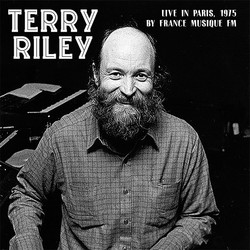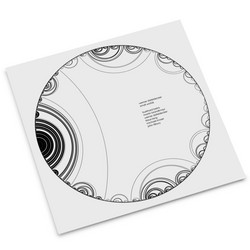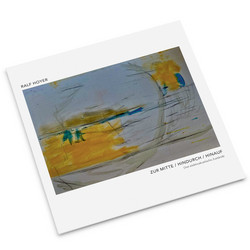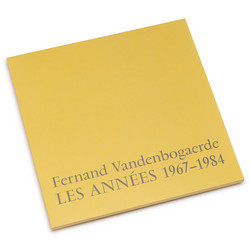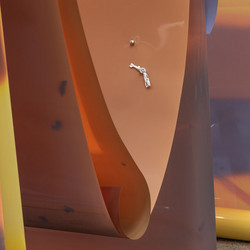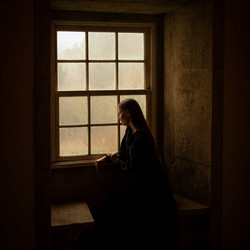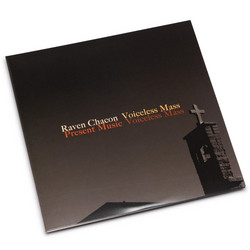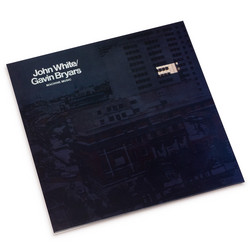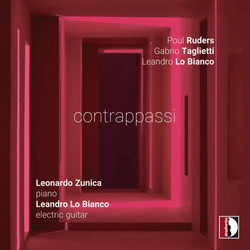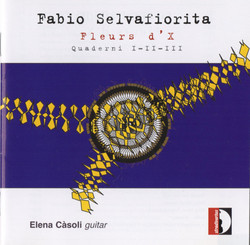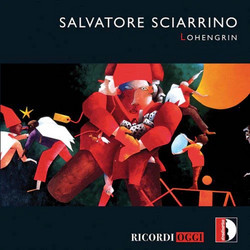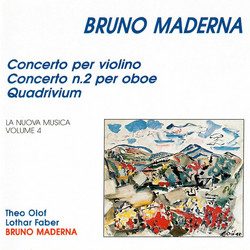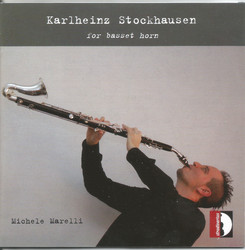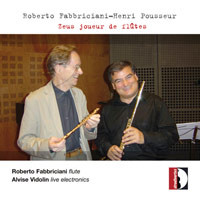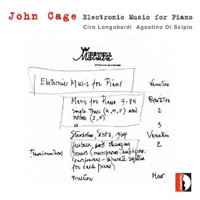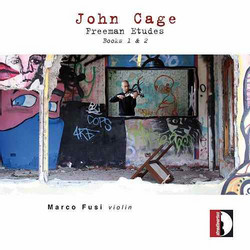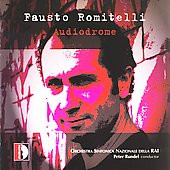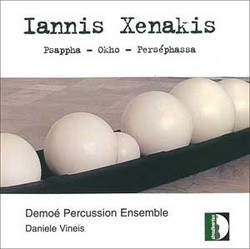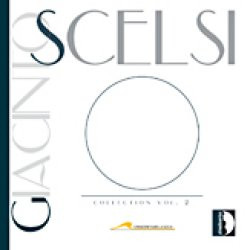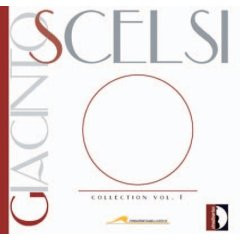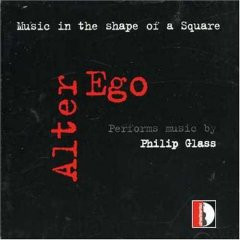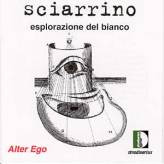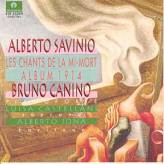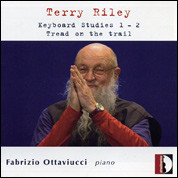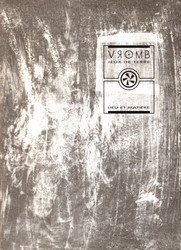Gerard Grisey
Vortex Temporum - Pèriodes
Gérard Grisey's cycle of compositions, Les Espaces Acoustiques, is considered one of his most significant works. Written between 1974 and 1985, it consists of six discrete pieces, for ensembles ranging in size from a solo viola with resonators to an orchestra of 84 players. In the cycle, the pieces progress from the smallest ensemble to the largest, and Périodes (1974), for seven players, is the second. The piece is a relatively early example of spectralism, a method of composition developed by Grisey, Tristan Murail, and Roger Tessier, among others, which employs the pitches of the natural harmonic series, rather than the equally tempered scales common to Western music since the Baroque. The resulting music is notable for its emphasis on timbral permutations rather than traditional development, and its evocative textures that tend to have a mysterious, otherworldly quality. Grisey's three-movement Vortex Temporum (1994-1996) is an even more fully developed and satisfying work than Périodes; the composer masterfully controls his slippery materials, and the whole, while retaining the characteristic spectral sound, has a better-defined dramatic direction, and as a result, creates a more direct and powerful emotional impact. Ensemble Risognanze, in a profoundly communicative performance conducted by Tito Ceccerini, invests the music with the delicacy and chaotic wildness it demands. Stradivarius' sound is ideal, capturing the full range of the music's moments of clarity as well as its woozy atmospherics.
Details
Cat. number: STR 33734
Year: 2007
